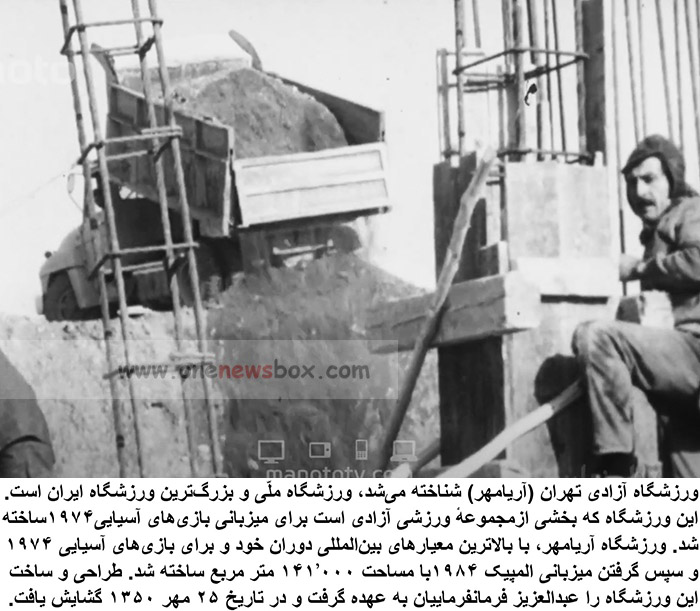ehran’s Azadi Stadium, formerly known as Aryamehr Stadium, stands as a monumental symbol of sports culture and modern history. It is not only the largest stadium in Iran but also one of the largest and most iconic stadiums in the world. Built to host the 1974 Asian Games, the stadium is located in the expansive Azadi Sports Complex in the west of Tehran. With a seating capacity of over 78,000, Azadi Stadium has been the venue for some of the most crucial matches in Iranian football history, including the home games of national football team and the two biggest clubs in Tehran—Esteghlal and Persepolis.
The Importance of Azadi Stadium in Sports
Azadi Stadium is the heartbeat of football. Hosting domestic league matches and international tournaments, the stadium has seen some of the most emotional and historic moments in sports. Its massive crowd capacity, unique atmosphere, and historic significance make it the venue of choice for pivotal matches, particularly the legendary Tehran Derby between Esteghlal and Persepolis. As the home ground for these two clubs and the national football team, the stadium holds a special place in the hearts of Iranian sports fans.
While its significance in sports is undeniable, Azadi Stadium also holds political and cultural importance. Its history is intertwined with modern sociopolitical events, from the Pahlavi era to the Islamic Revolution and beyond. This multifaceted significance makes the stadium more than just a venue for sports—it is a symbol of Iranian resilience, nationalism, and collective pride.

